GPCR/G protein

All GPCRs share a common seven trans-membrane structure. GPCRs are associated with heterotrimeric G-proteins which are GTP-binding proteins made of alpha, beta, and gamma subunits. When a ligand binds to GPCR, it activates the attached G-protein, the GDP is replaced with GTP. The activated G-protein then dissociates into an alpha and a beta-gamma complex which activates downstream signaling pathways. These intracellular signaling pathways include cAMP/PKA, calcium/NFAT, phospholipase C, protein tyrosine kinases, MAP kinases, PI-3-kinase, nitric oxide/cGMP, Rho, and JAK/STAT.
GPCRs are one of the most important therapeutic targets for various diseases, over 30% of all modern medicinal drugs target this family. Aberrant GPCR functions are involved in pathological conditions such as neurological, immunological and hormonal disorders. A large number of GPCRs have been identified, but whose ligands are not known, are classified as orphan receptors.
-
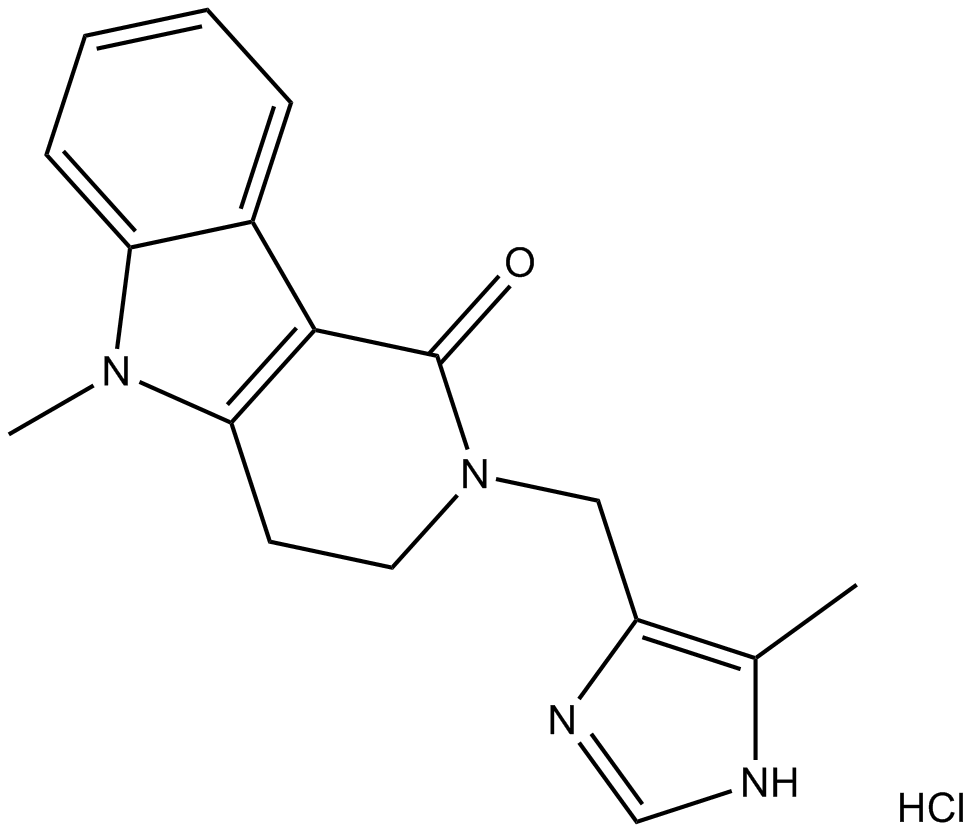 A3159 Alosetron HydrochlorideSummary: 5-HT3 receptor antagonist,potent and highly selective
A3159 Alosetron HydrochlorideSummary: 5-HT3 receptor antagonist,potent and highly selective -
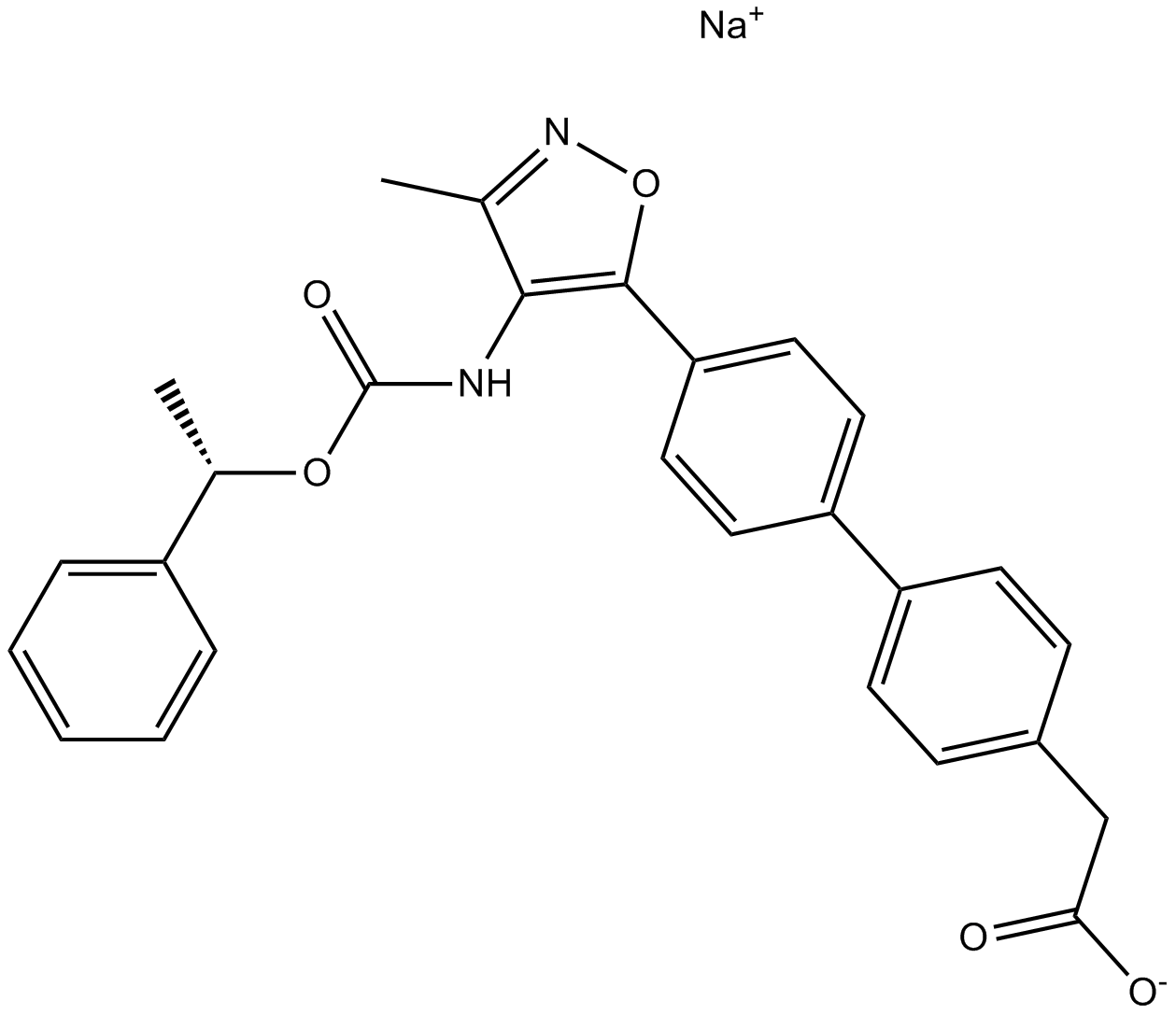 A3166 AM0953 CitationSummary: Potent LPA1 receptor antagonist
A3166 AM0953 CitationSummary: Potent LPA1 receptor antagonist -
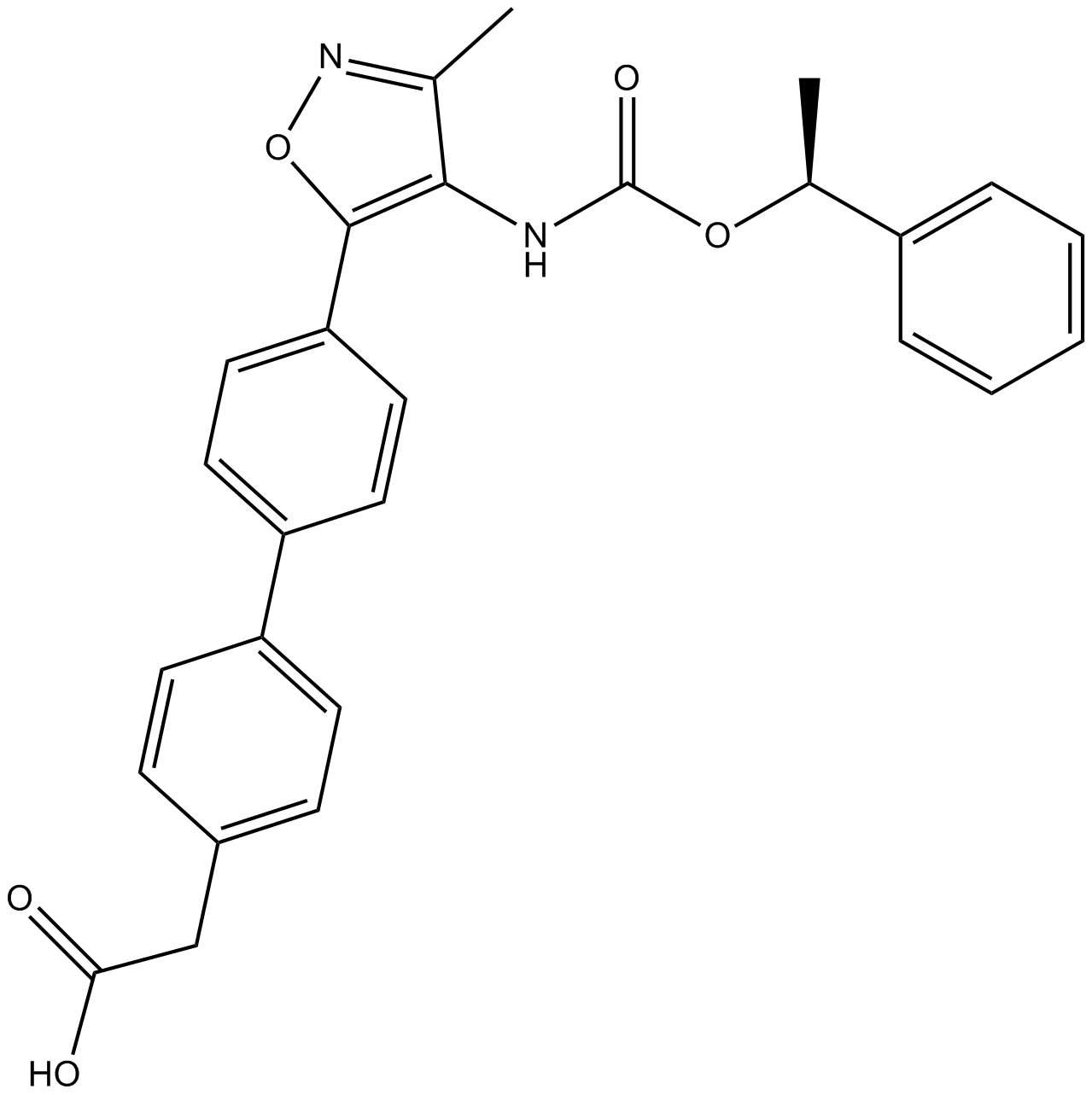 A3167 AM-095 free baseTarget: LPA ReceptorsSummary: Potent LPA1 receptor antagonist
A3167 AM-095 free baseTarget: LPA ReceptorsSummary: Potent LPA1 receptor antagonist -
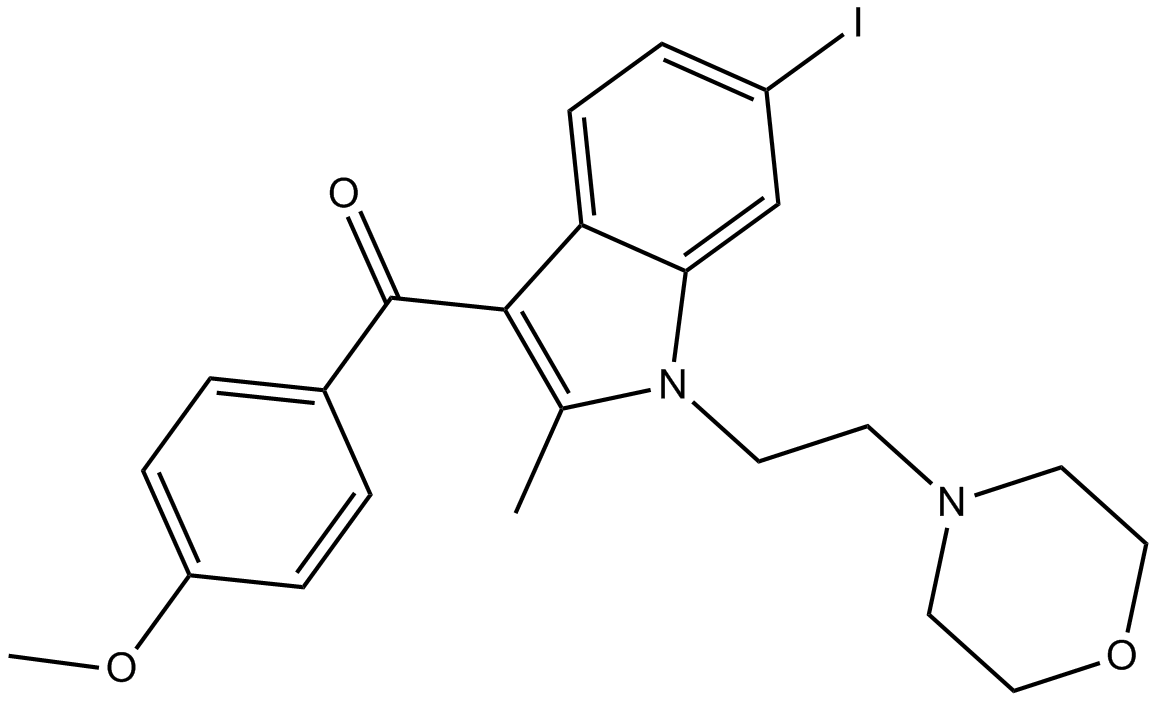 A3168 AM630Summary: CB2 receptor antagonist,selective and competitive
A3168 AM630Summary: CB2 receptor antagonist,selective and competitive -
 A3170 AM9662 CitationTarget: LPA ReceptorsSummary: LPA1 antagonist, oral active, high affinity, selective,
A3170 AM9662 CitationTarget: LPA ReceptorsSummary: LPA1 antagonist, oral active, high affinity, selective, -
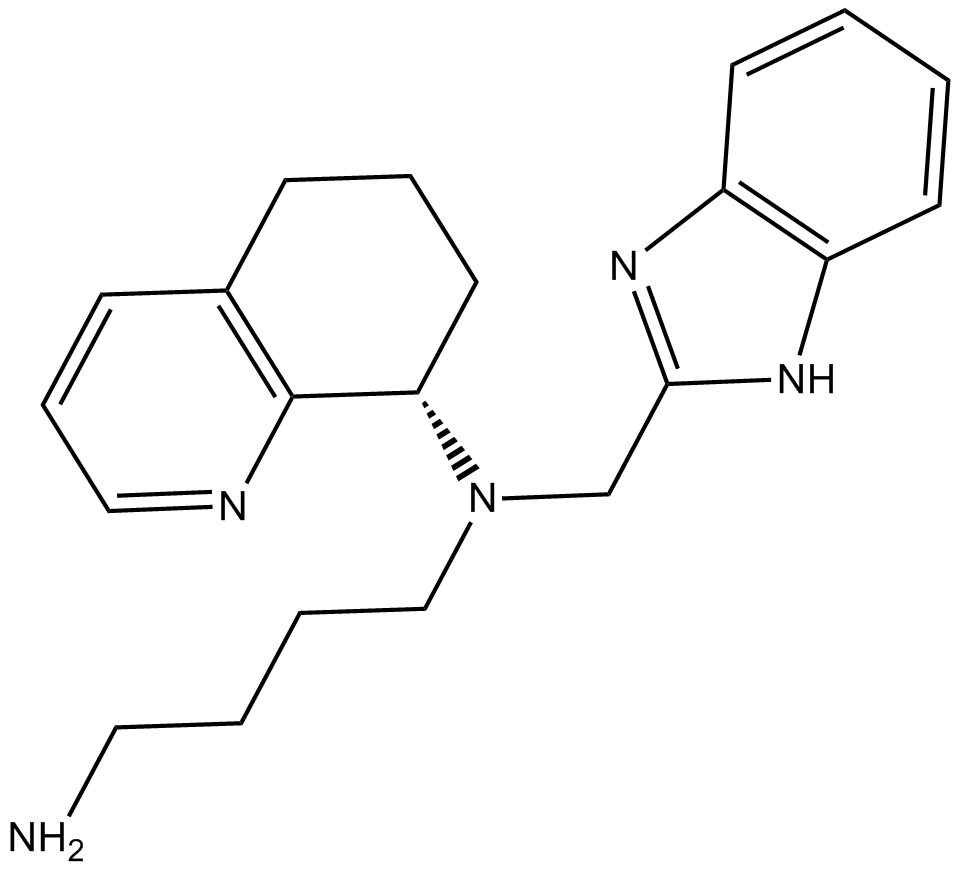 A3173 AMD-070Target: CXCRSummary: CXCR4 antagonist,potent and selective
A3173 AMD-070Target: CXCRSummary: CXCR4 antagonist,potent and selective -
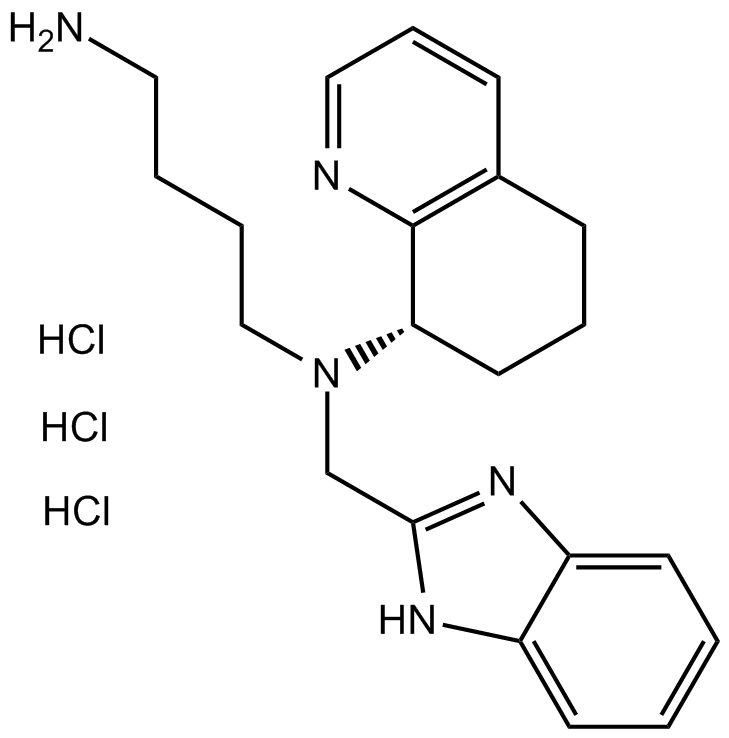 A3174 AMD-070 hydrochlorideSummary: CXCR4 antagonist,potent and selective
A3174 AMD-070 hydrochlorideSummary: CXCR4 antagonist,potent and selective -
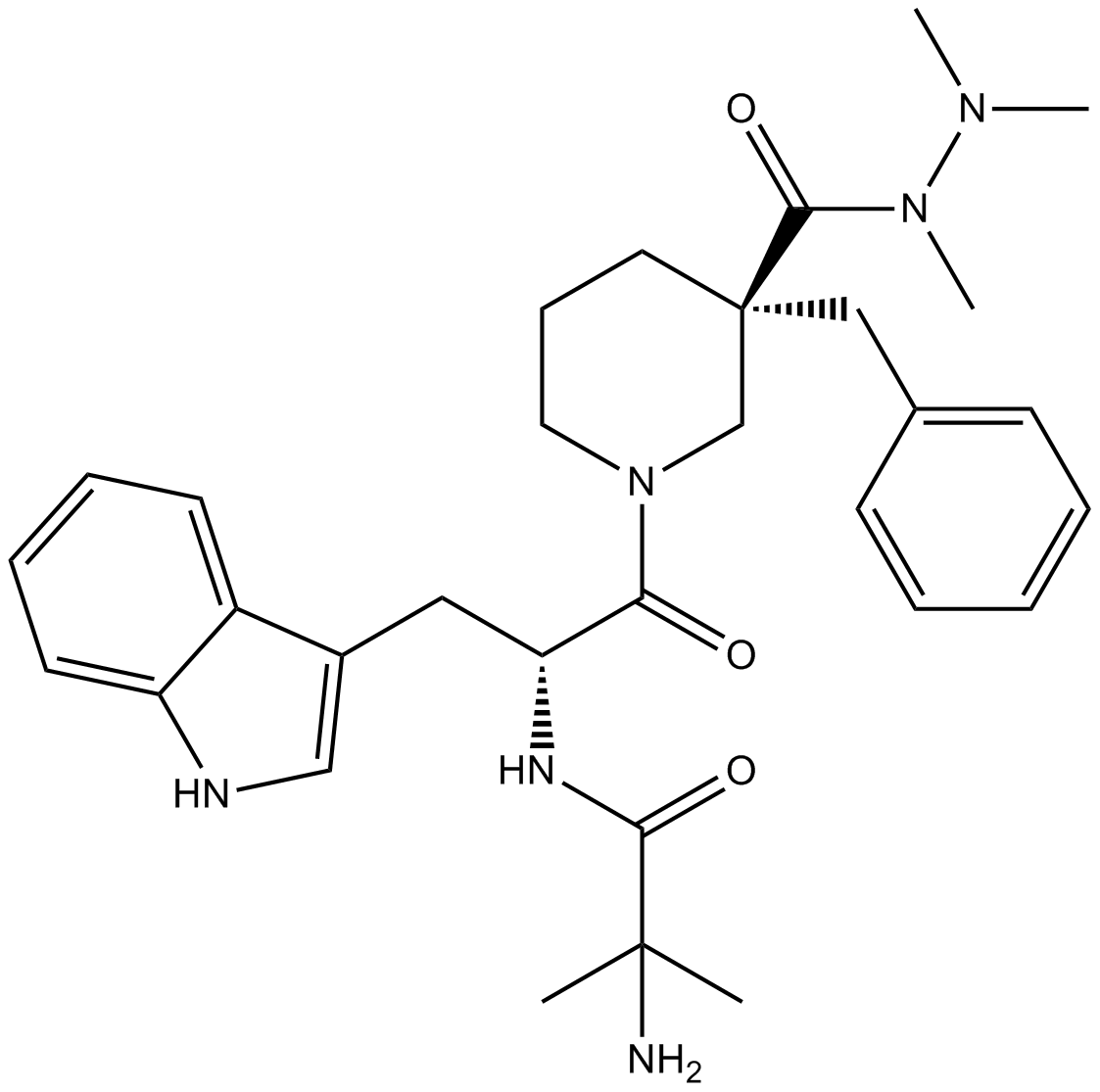 A3179 AnamorelinSummary: Ghrelin receptor agonist, synthetic, orally active
A3179 AnamorelinSummary: Ghrelin receptor agonist, synthetic, orally active -
 A3192 Asenapine hydrochlorideSummary: Atypical antipsychotic
A3192 Asenapine hydrochlorideSummary: Atypical antipsychotic -
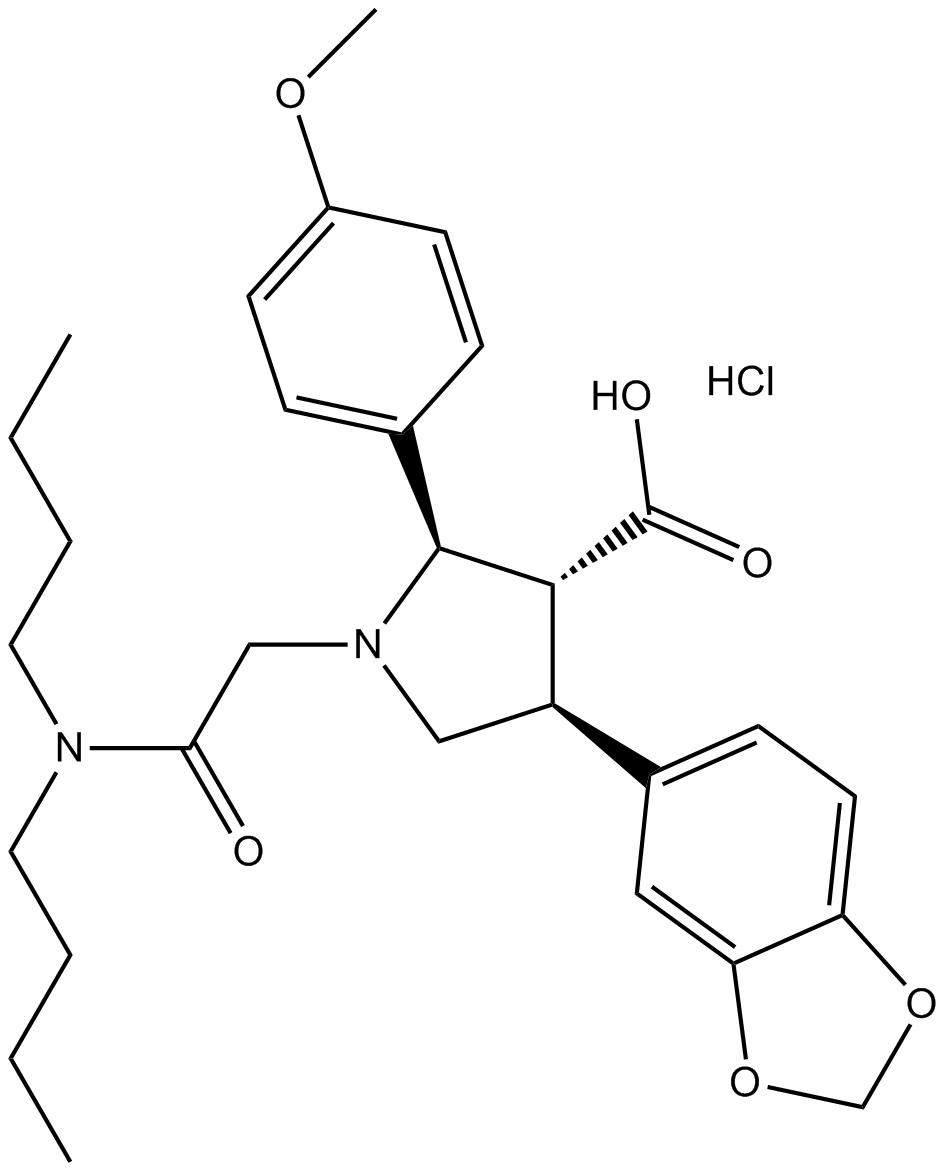 A3201 Atrasentan hydrochlorideSummary: Endothelin receptor antagonist
A3201 Atrasentan hydrochlorideSummary: Endothelin receptor antagonist

